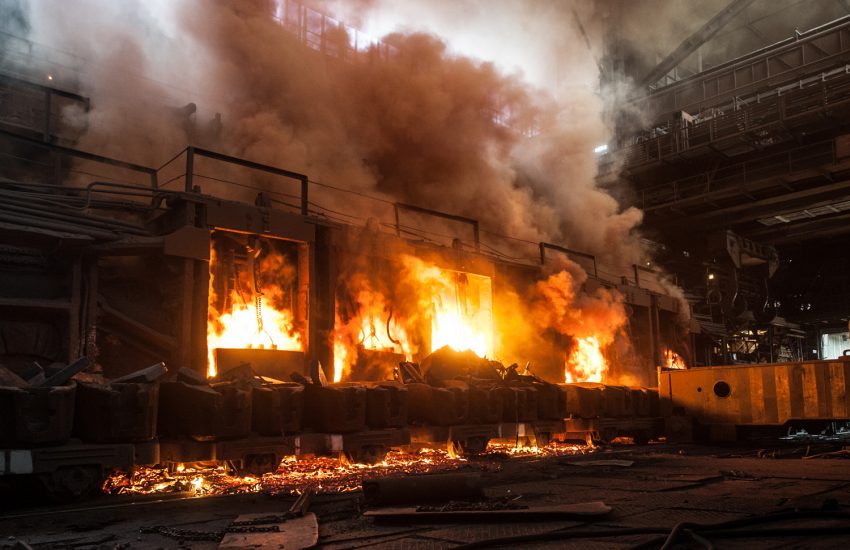The U.S. Department of Justice filed lawsuits against New York and several other states, challenging their newly enacted state Superfund laws (Superfund lawsuits). The laws aim to address the environmental damages attributed to climate change by requiring fossil fuel companies to contribute to state-managed funds designated for climate adaptation and cleanup efforts. The lawsuits raise questions about state and federal authority to regulate environmental matters.
Climate Superfund laws at the state level are modeled after the federal Comprehensive Environmental Response, Compensation, and Liability Act (CERCLA), …
Continue Reading









